9 years to restore the king's ginseng variety
Mr. Hoang Van Kiem (39 years old, from Thanh Tung commune, Thanh Chuong, Nghe An) does not consider himself an agricultural expert. Talking about the process of restoring and developing Tho Hao ginseng, turning this product into a commodity, generating revenue of more than half a billion VND per year, he said that it originated from his inherent curiosity and recklessness.
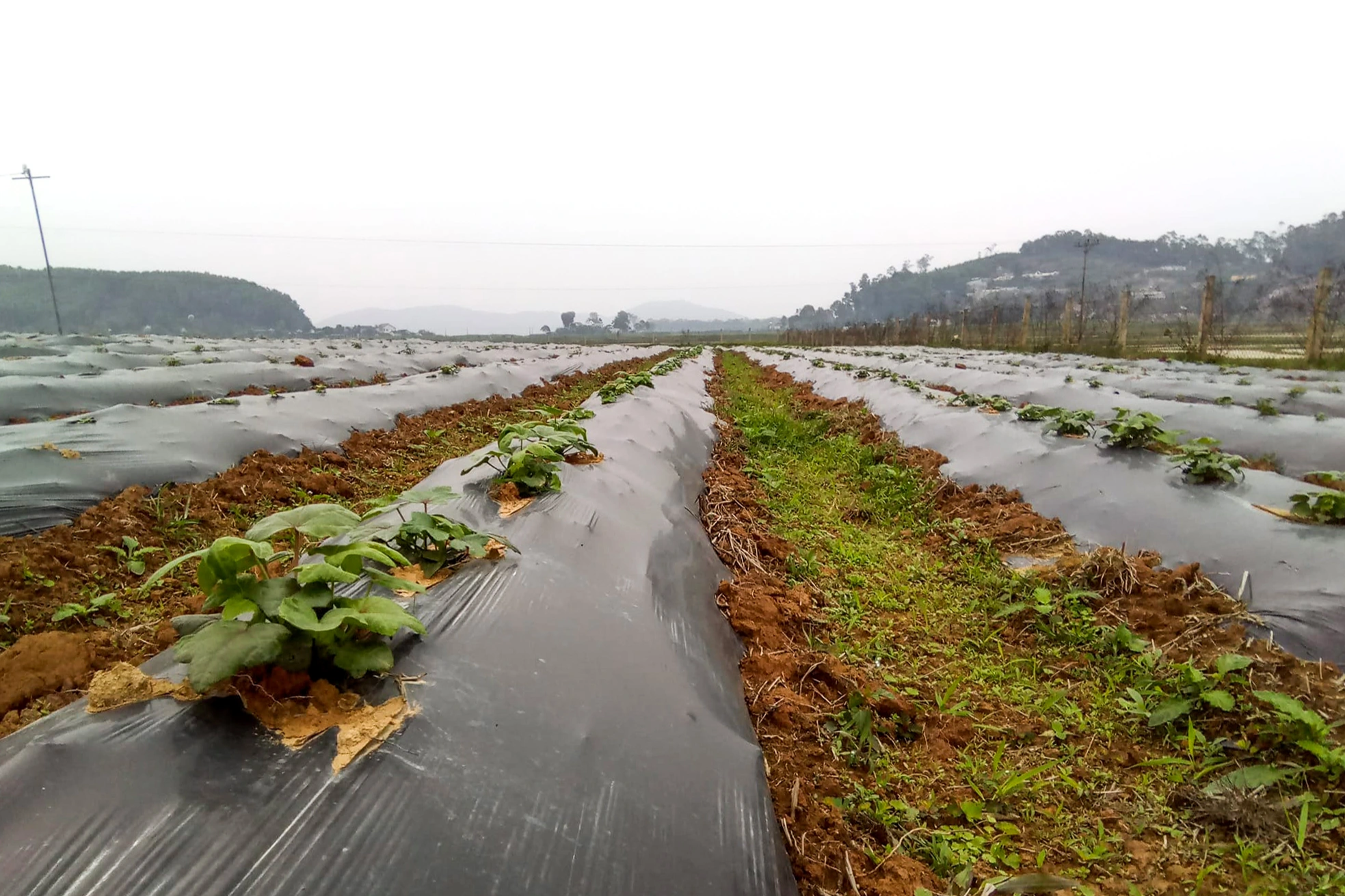
Tho Hao ginseng takes root in the fields of Thanh Ha commune, Thanh Chuong district, Nghe An (Photo: Hoang Van).
Graduated from the Faculty of History of Science, Hue University of Sciences, Mr. Kiem's main job is to participate in researching and compiling historical books in localities. This is also the opportunity for him to know about the Tho Hao ginseng variety that was thought to have disappeared in his homeland.
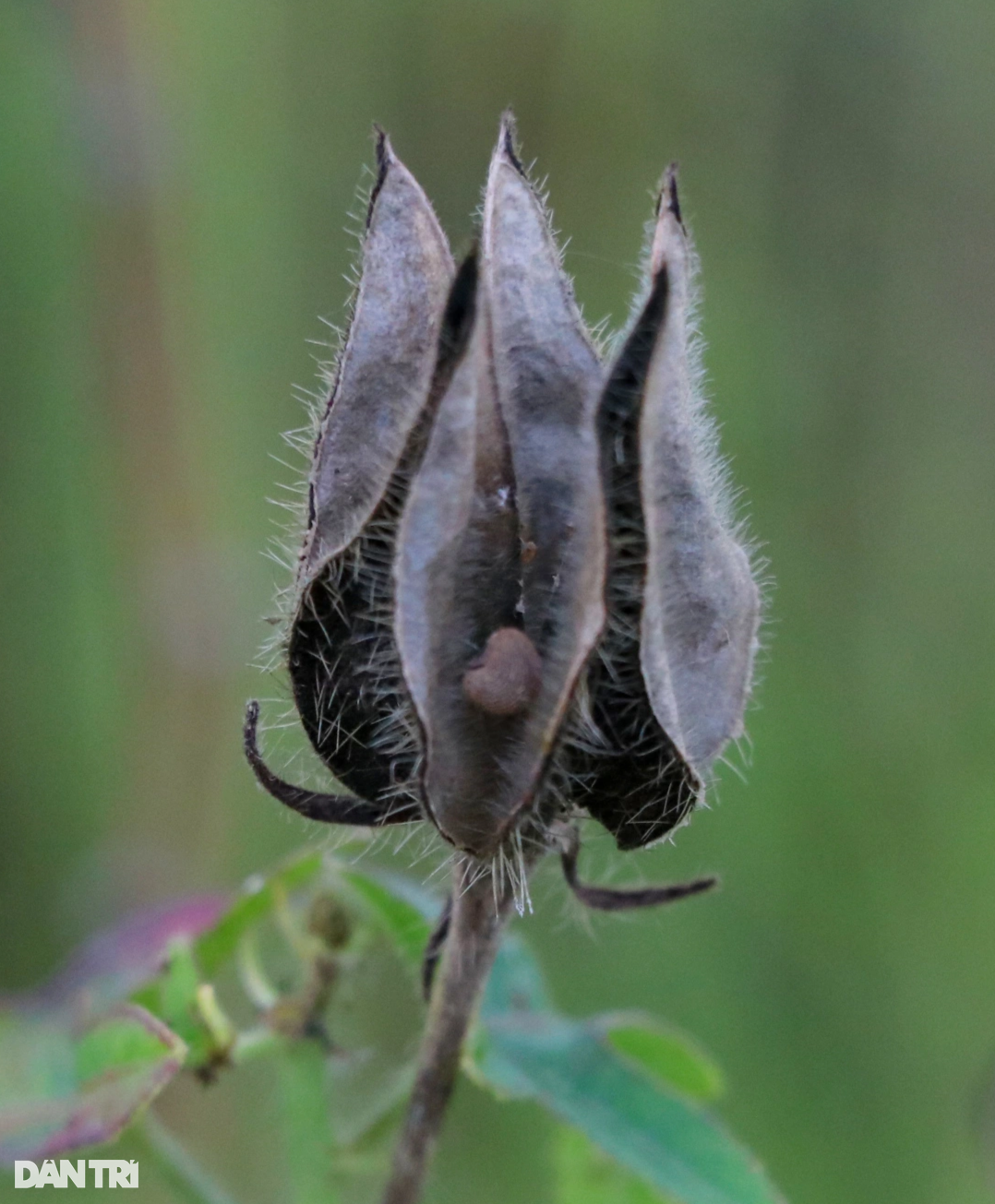
From 2 ginseng fruits received from the Pham family church, Mr. Kiem spent 3 years researching, growing and restoring this precious ginseng variety (Photo: Hoang Lam).
"In 2010, while participating in compiling the History of Thanh Giang Commune Party Committee, I saw that the elders and some documents mentioned Tho Hao ginseng, a local product offered to the king. Being curious, I took the trouble to ask around, especially to churches in the area to see if there was any preserved information.
Actually, I didn't have much time to focus on searching, so it took me nearly 2 years to find the Tho Hao ginseng tree, in the Pham family church grounds in the old Tho Hao land.
According to historical records, this ginseng was brought to Tho Hao area (in Thanh Tung, Thanh Giang, Thanh Mai communes and part of Thanh Ha commune, Thanh Chuong district) by Mr. Pham Kinh Vy, a Doctor of the Le dynasty, to be planted more than 300 years ago," said Mr. Kiem.
From 2 ginseng fruits obtained from Pham family church with 27 seeds, Mr. Kiem started the incubation and experimental planting process. There were no specific documents about the process of planting and caring for Tho Hao ginseng at that time, but being "born in the middle of the plow", Mr. Kiem researched and incubated the seeds himself.
History bachelor revives royal ginseng (Video: Hoang Lam).
Ginseng seeds were soaked according to the formula "3 boiling 2 cold" like rice, left overnight and then buried in humus soil in a styrofoam box. After a few days, the seedlings emerged from the soil and grew well, Mr. Kiem transferred them to the garden. But then, only 3 plants survived to collect seeds and continue to grow.
While planting, researching, and exploring, especially with the support of a friend who specializes in agriculture, it took Mr. Kiem another 3 years to come up with the process of planting and caring for Tho Hao ginseng.
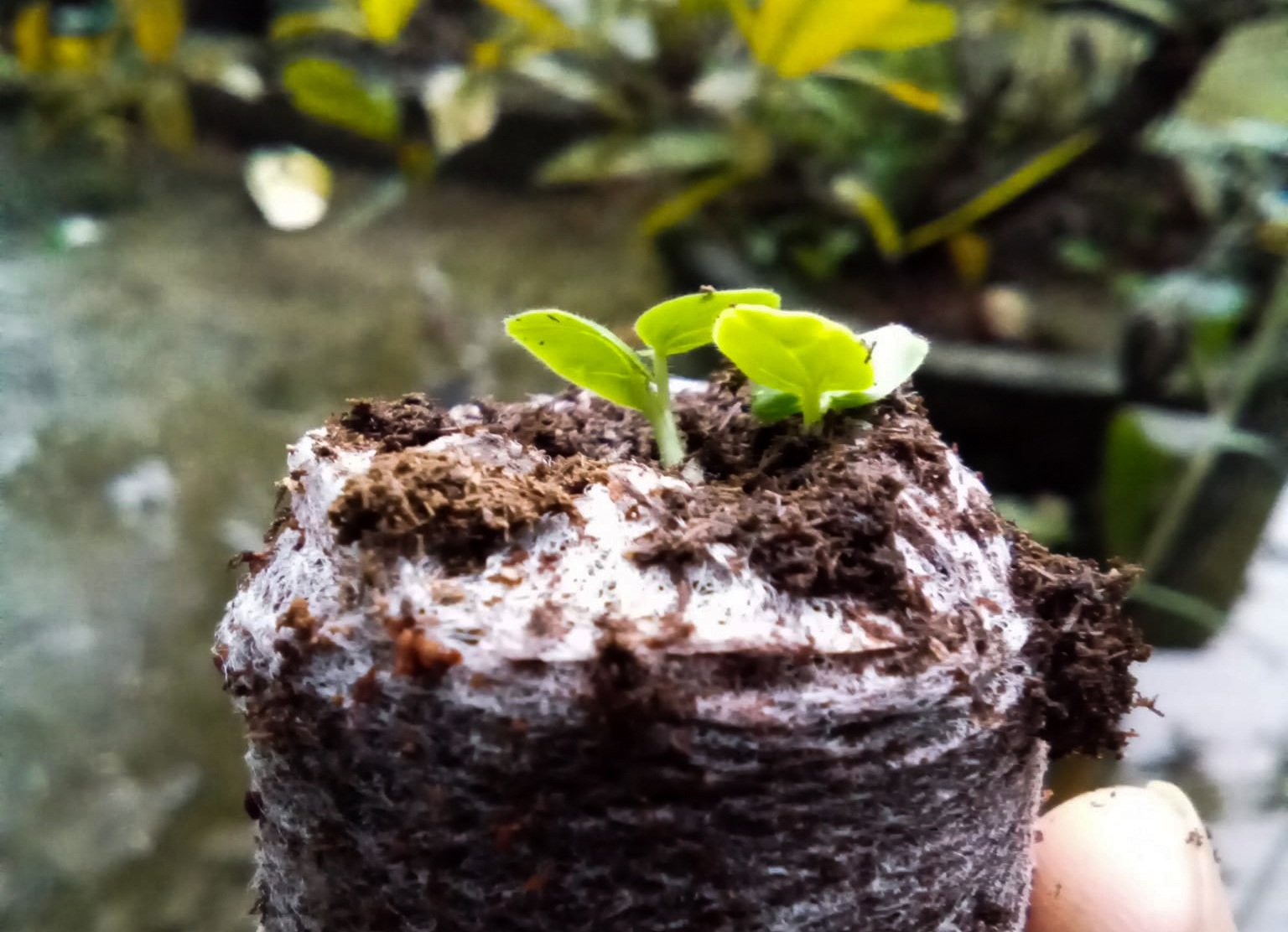
Mr. Kiem successfully restored the royal products of his homeland (Photo: Hoang Van).
"Tho Hao ginseng is a sun-loving plant, easy to grow, easy to care for, suitable for loose soil, high rice fields. Due to its high nutrient content, Tho Hao ginseng is susceptible to pests and diseases, especially under the attack of mealybugs and root rot. However, infected plants are difficult to detect, so when symptoms appear, there is no way to cure them. Therefore, pests and diseases must be prevented right from the soil preparation by using lime powder and biological products to kill fungi and pathogens," said Mr. Kiem.
Tho Hao ginseng is easy to grow and easy to live, but it is not easy to grow roots. The characteristic of Tho Hao ginseng is its membranous roots. If planted too densely or too sparsely, the quality, size, weight, yield of the roots as well as the economic efficiency will not be high.
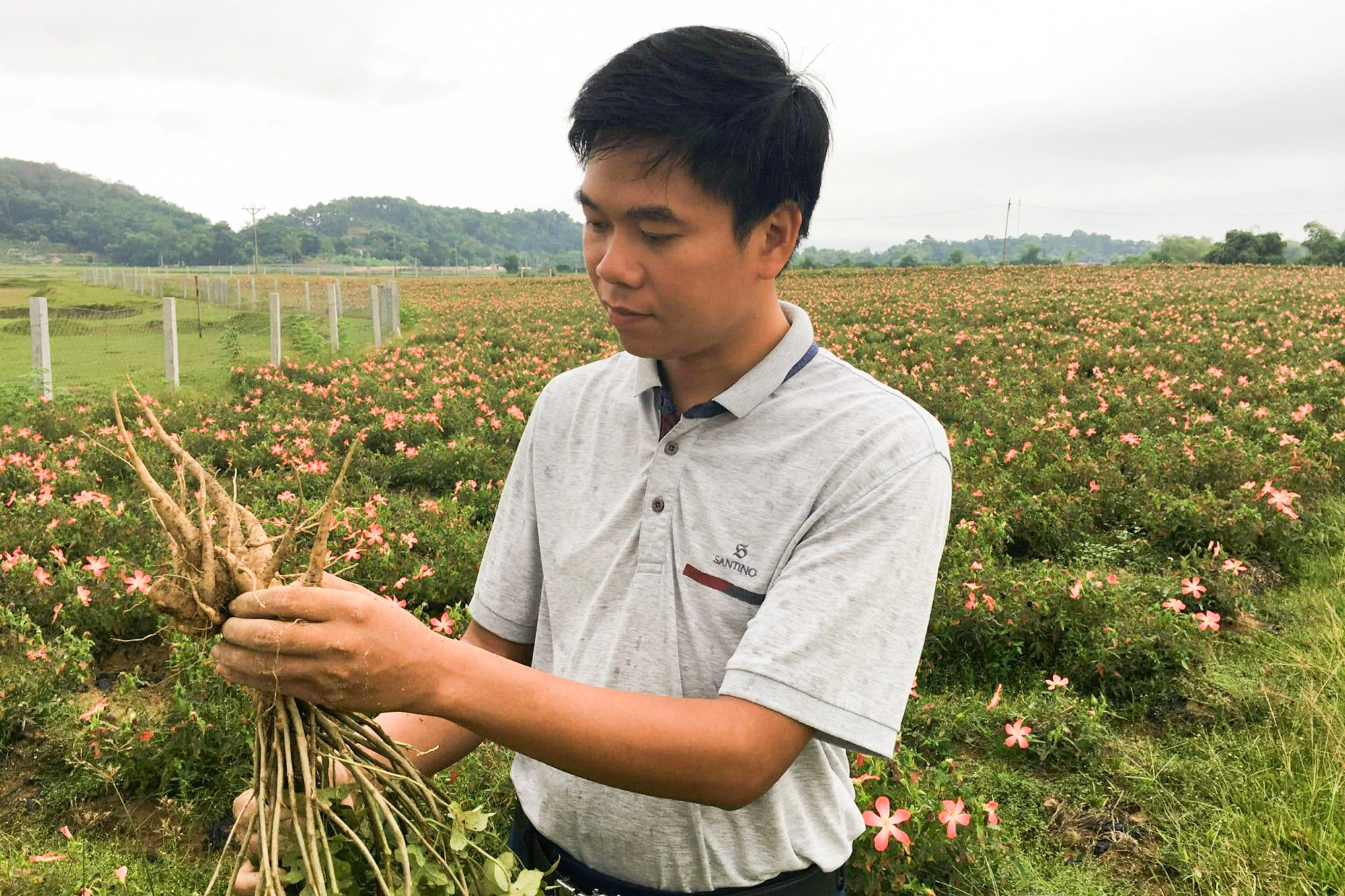
After 3 years of research and the same amount of time for testing, Mr. Kiem succeeded in growing ginseng on a large scale (Photo: Hoang Van).
"It took me 3 years, pulling up one plant every month to check the root development, to figure out the "standard ratio" for the distance between ginseng plants. Plants planted 40cm apart will have taproots that develop into tubers of the required size, meaning 1 hectare of land can grow 31,250 plants, ensuring both nutrition for the plants and producing large, healthy ginseng tubers," Mr. Kiem concluded.
Risk with 1 billion dong fortune
Mr. Kiem confided that the purpose of restoring the Tho Hao ginseng variety is not only to preserve the product of his ancestors, but also because he sees the medicinal and economic value of this plant. However, the process of bringing ginseng from experimental to mass cultivation is a long process with many ups and downs.
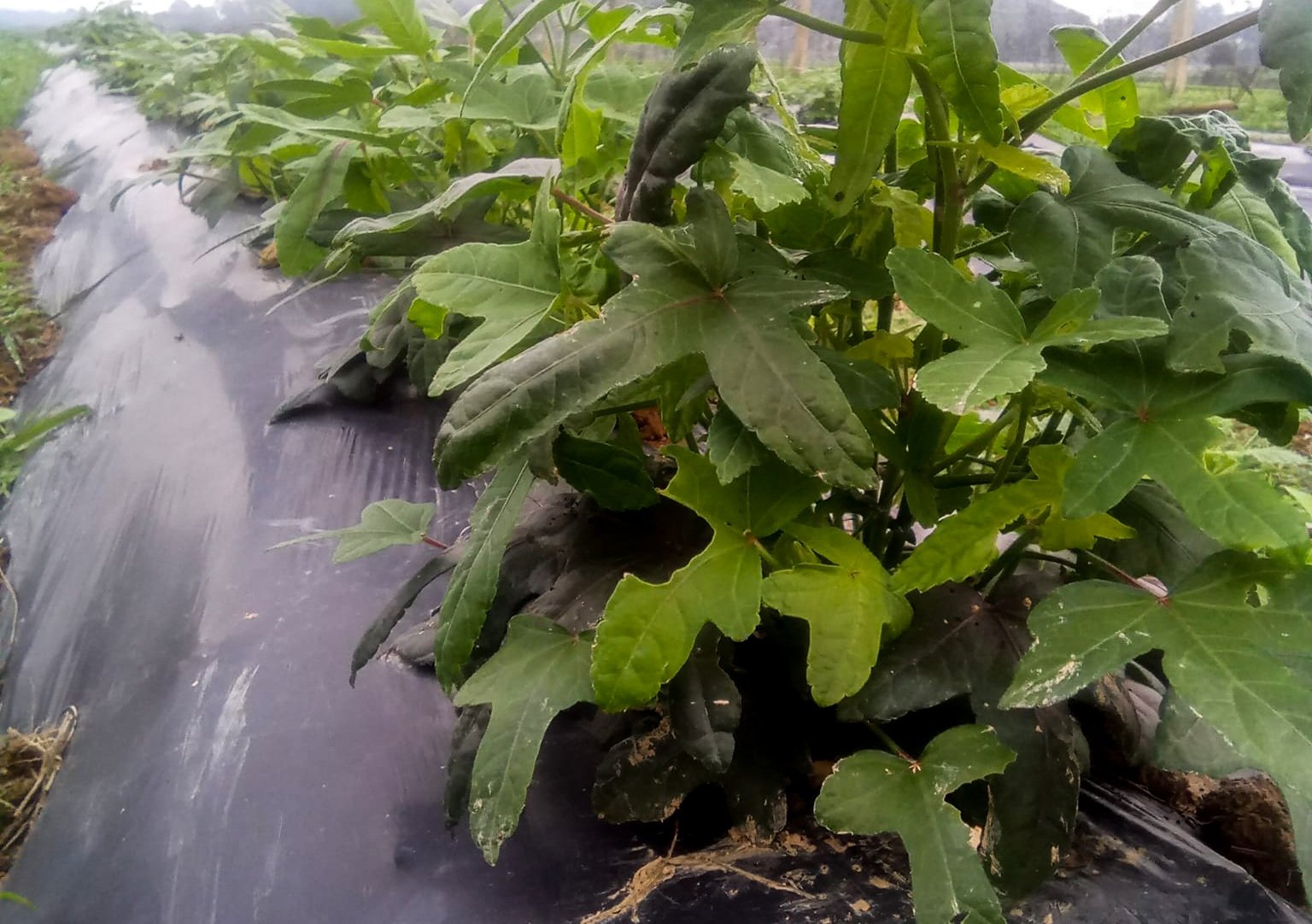
Tho Hao ginseng grows well (Photo: Hoang Van).
Initially, Mr. Kiem tested planting in Nam Dan district, then brought it to many other localities in the province, but the tree did not grow as expected.
"Compared to the climate and soil conditions in many places, the ancient Tho Hao area, now Thanh Tung, Thanh Giang, Thanh Mai, Thanh Ha communes, is suitable for the growth and development of plants, producing ginseng with the best medicinal properties," Mr. Kiem shared.
Determined to make this seemingly forgotten plant "give birth" to money, Mr. Kiem worked hard to think of a suitable planting model. He transferred ginseng varieties, techniques, and care processes to a number of households for planting, and at the same time committed to consuming all output products. However, this is not the optimal solution because not all households follow the correct care process.
After a long period of research and testing, in 2021, Mr. Kiem discussed with members of Tan Hung Thinh Cooperative to rent land to grow ginseng. More than 3 hectares of abandoned land in Thanh Ha commune was rented by the cooperative, with investment capital for large-scale, methodical planting.
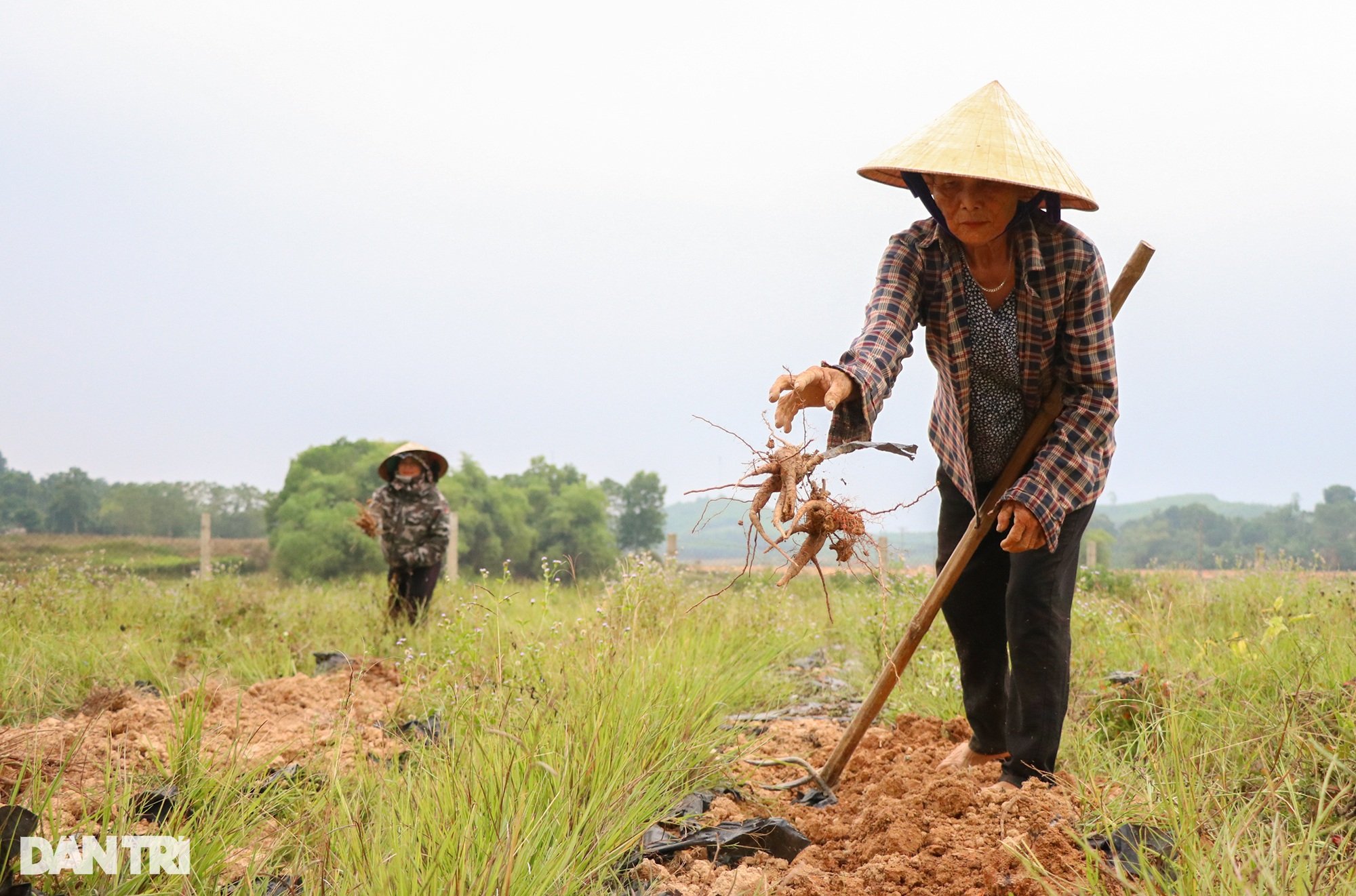
Workers harvest Tho Hao ginseng (Photo: Hoang Lam).
"As a scientific project, we received partial support from the State in terms of loan interest, fertilizers and science and technology. With the supported capital, I risked "borrowing" from my wife more than 900 million VND that I had saved up for a long time to grow ginseng. At that time, I thought that if I failed, the only way was to "pack up and leave home", Mr. Kiem laughed, recalling the day he decided to start his own business with the precious ginseng variety.
The cooperative bought 1km of B40 steel, 360 concrete pillars to fence more than 3ha of land, hired machinery and workers to prepare the land, make beds, and sow seeds. Thanks to strict adherence to the planting and care process, nearly 1.8ha of ginseng grew well.
While supervising the ginseng cultivation, Mr. Kieu also contacted to find an outlet for the product. In October 2022, the first ginseng beds were harvested, ensuring the criteria of size, weight and medicinal properties.
However, when harvesting 500 kg and delivering to the trader, an incident happened.
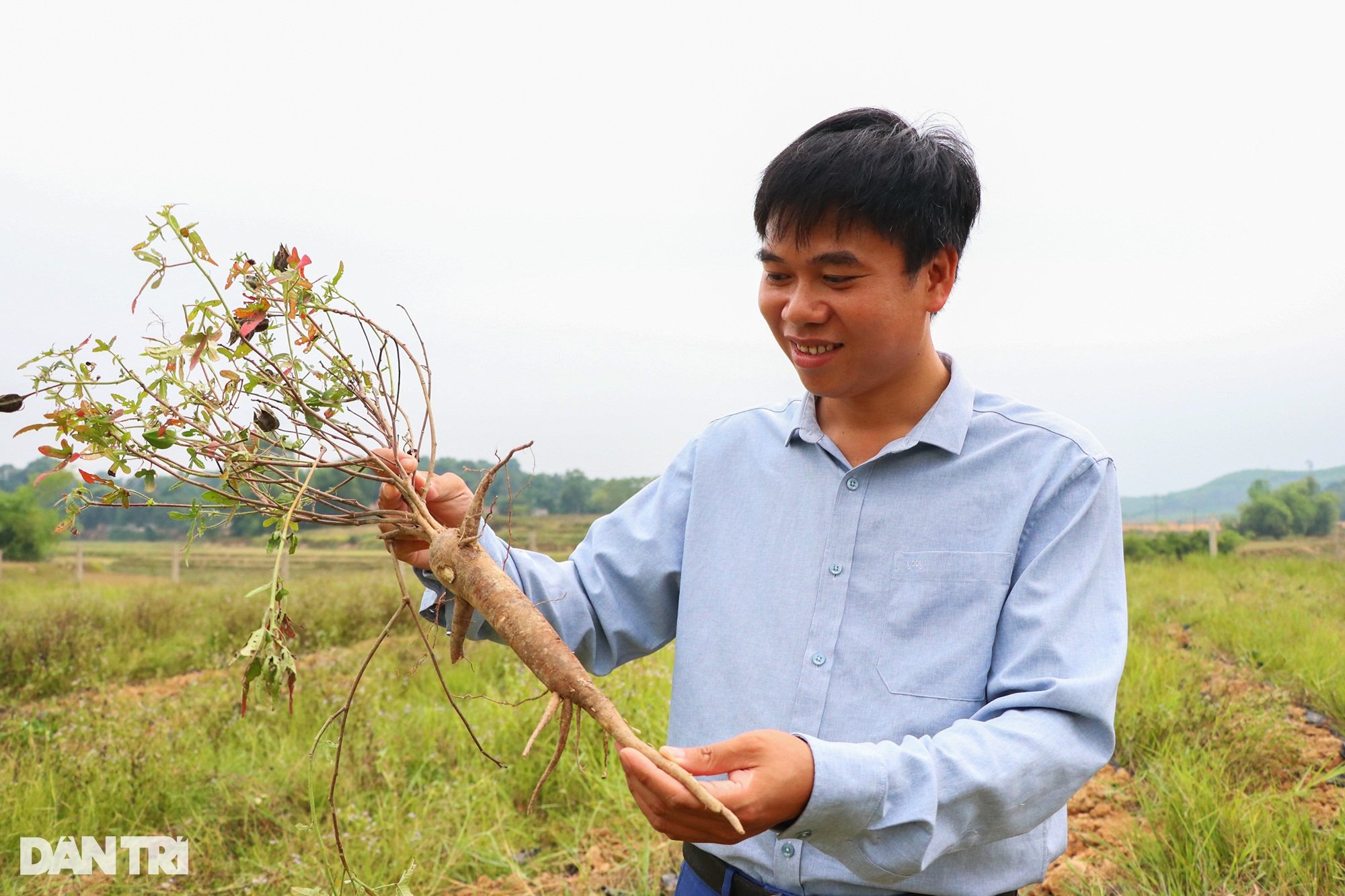
In loose soil conditions, ginseng roots grow large and beautiful, reaching a weight of over 2.5 ounces/root (Photo: Hoang Lam)
"At the request of the purchasing unit, I moved the harvest date to the end of October to facilitate their transportation. However, two days before the harvest, there was a prolonged heavy rain, combined with the upstream hydropower plant releasing floodwaters, causing 100% of the remaining ginseng area to be submerged under 2m of water. The first crop was considered a total loss," said Mr. Kiem.
Determined not to give up, at the end of 2022, he sowed a new batch of ginseng. This time, the heavens did not disappoint him, 1.8 hectares yielded 4 tons of ginseng roots, which have all been harvested by now.
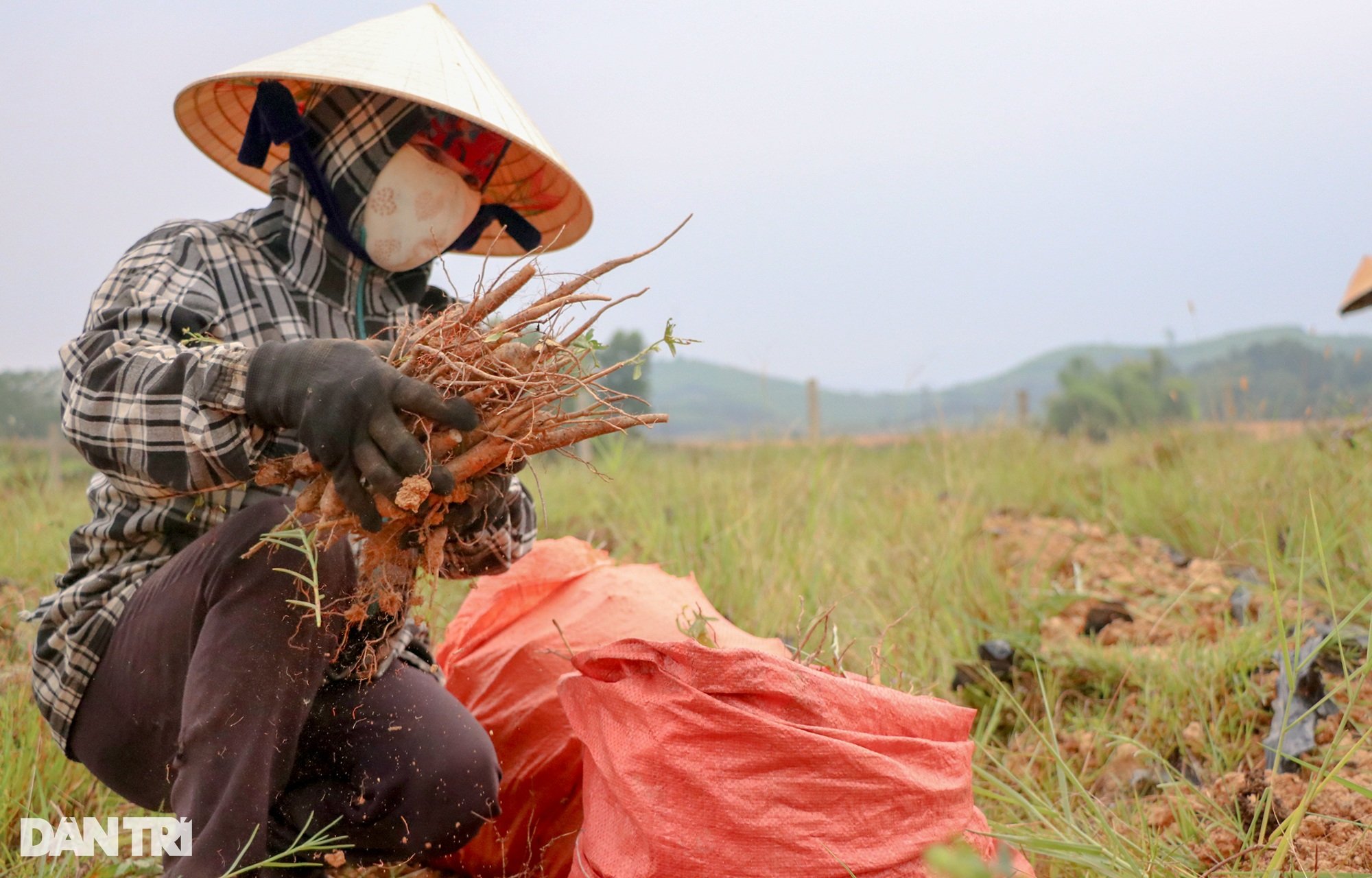
After 2 years of planting in the field, this ginseng crop, Mr. Kiem harvested nearly 4 tons of tubers, worth more than half a billion VND (Photo: Hoang Lam).
Currently, fresh ginseng is sold for 200,000-450,000 VND/kg on the market, depending on the size of the root, and dried ginseng costs from 100,000 VND to 1.3 million VND/kg. In addition, Mr. Kiem and his colleagues have researched and applied technology in the process of cutting, drying, and drying to process ginseng powder to sell on the market for 3.5 million VND/kg.
Along with selling its own products, Tan Hung Thinh Cooperative is currently purchasing products for households participating in the project in Thanh Chuong district. According to Mr. Kiem's calculations, after deducting costs and labor, the cooperative earned a profit of more than 500 million VND from this ginseng crop.
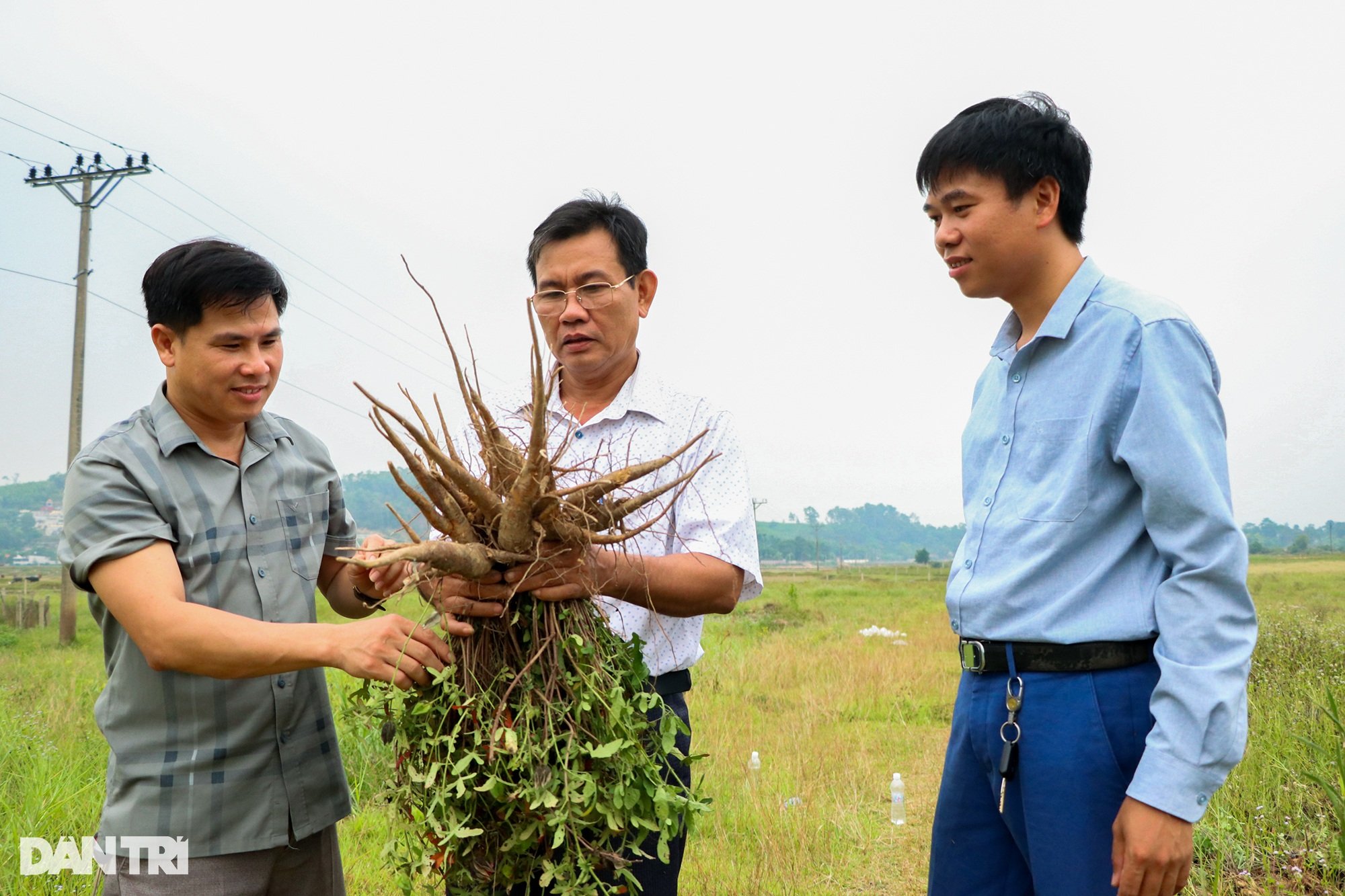
Thanh Ha commune leaders inspect and evaluate the effectiveness of Tho Hao ginseng in the field (Photo: Hoang Lam).
"Tho Hao ginseng is a high-quality nutritional food, used to improve health, suitable for many users as well as for women's beauty care. In addition to selling fresh ginseng, dried ginseng, ginseng wine, ginseng powder, we are collaborating with 2 businesses to research and produce ginseng tea, ginseng soft drinks; coordinate with the Provincial Oriental Medicine Association to research and turn Tho Hao ginseng into a medicine to support the treatment of some diseases.
"Tho Hao ginseng is very beautiful in bloom. In the future, we plan to develop agricultural tourism, attracting visitors to visit and take photos to increase revenue," said Mr. Kiem.
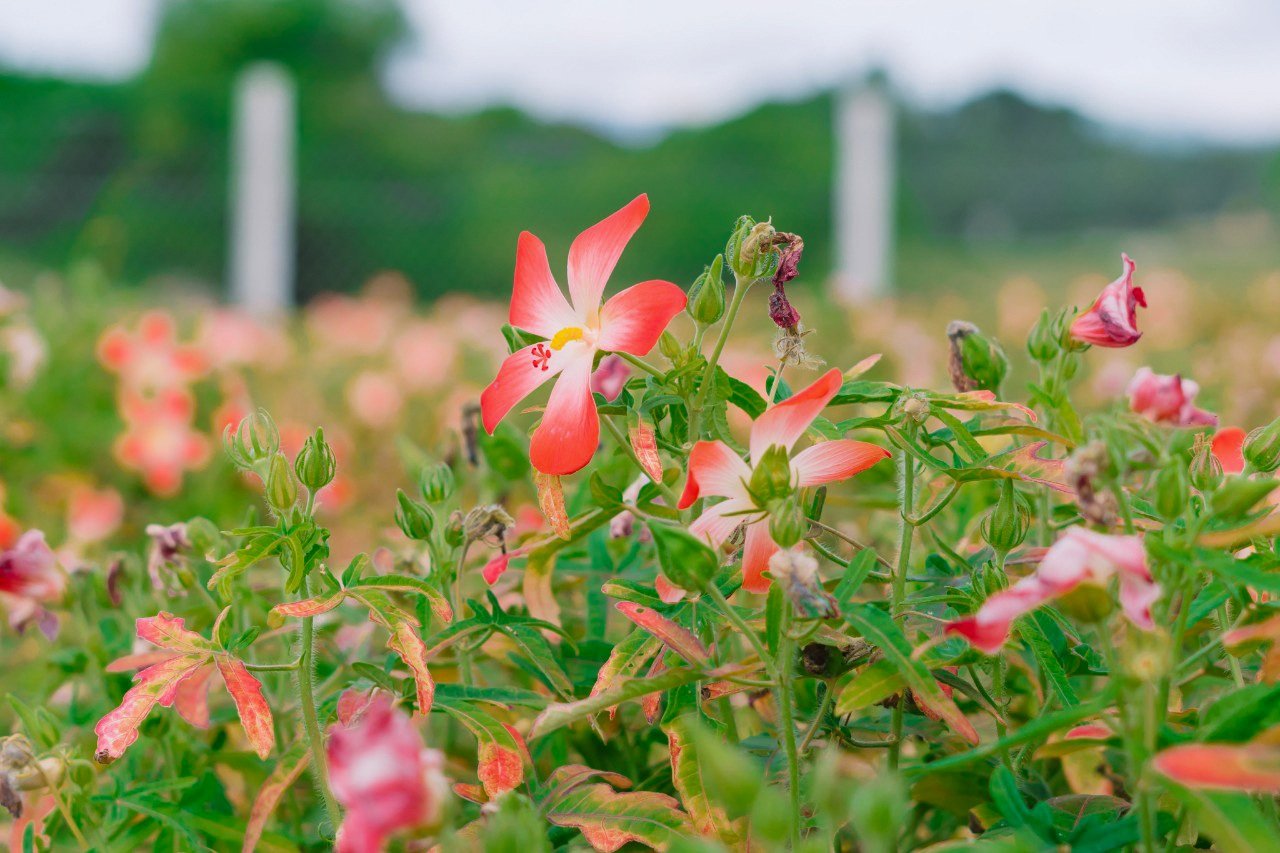
Mr. Kiem is planning to develop agricultural tourism to attract visitors during the blooming season (Photo: Hoang Van).
Mr. Dang Huu Bien - Chairman of Thanh Ha Commune People's Committee - said that after a testing period, Tho Hao ginseng showed its suitability to local climate and soil conditions.
With a retail price on the market of 250,000 VND/kg, the economic efficiency of ginseng per unit area compared to traditional crops such as rice, potatoes, cassava... is much higher, so people here are very interested in the economic development plan from Tho Hao ginseng.
"Expanding the area of Tho Hao ginseng in the area with the participation of many production households outside Tan Hung Thinh Cooperative is something that district and commune leaders are considering.
However, like many other agricultural products, ensuring output is extremely important.
We hope that in the near future, there will be businesses investing in processing factories to consume products for growers, making products processed from Tho Hao ginseng become products with a typical brand of the district," Mr. Bien stated his opinion.
Source link





![[Photo] Ministry of Defense sees off relief forces to the airport to Myanmar for mission](https://vstatic.vietnam.vn/vietnam/resource/IMAGE/2025/3/30/245629fab9d644fd909ecd67f1749123)
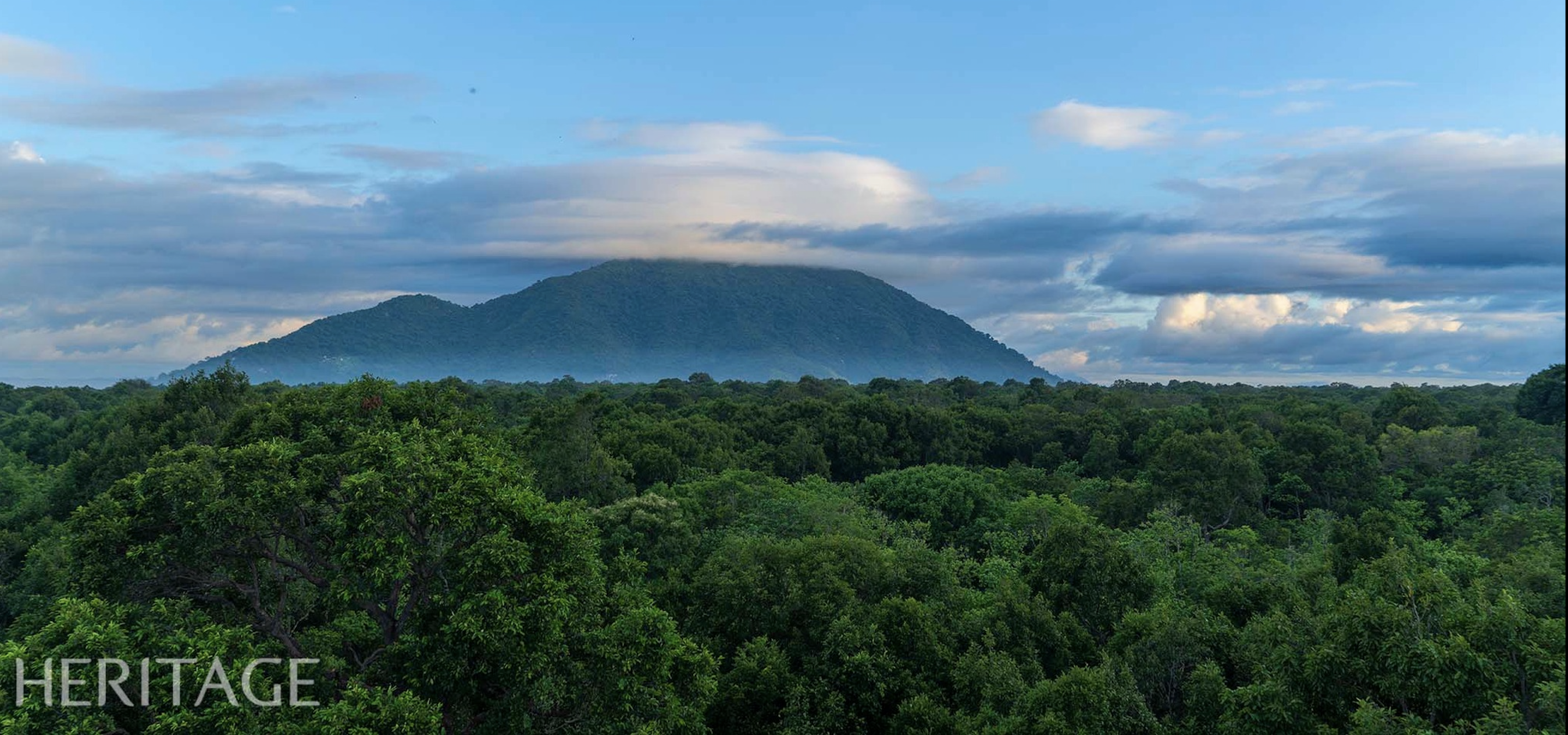



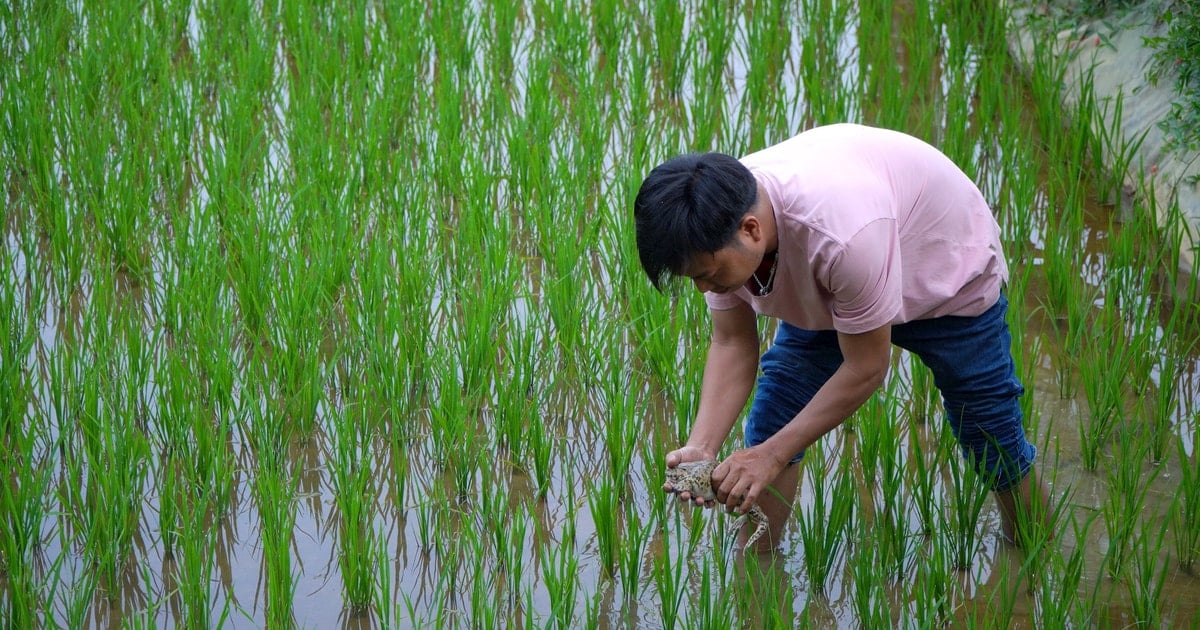
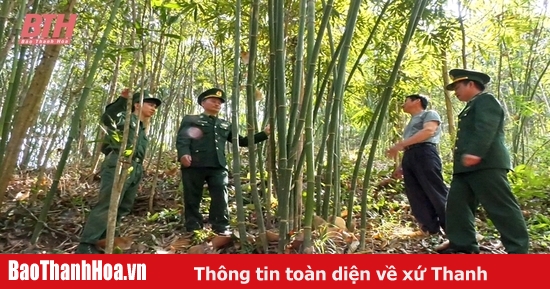
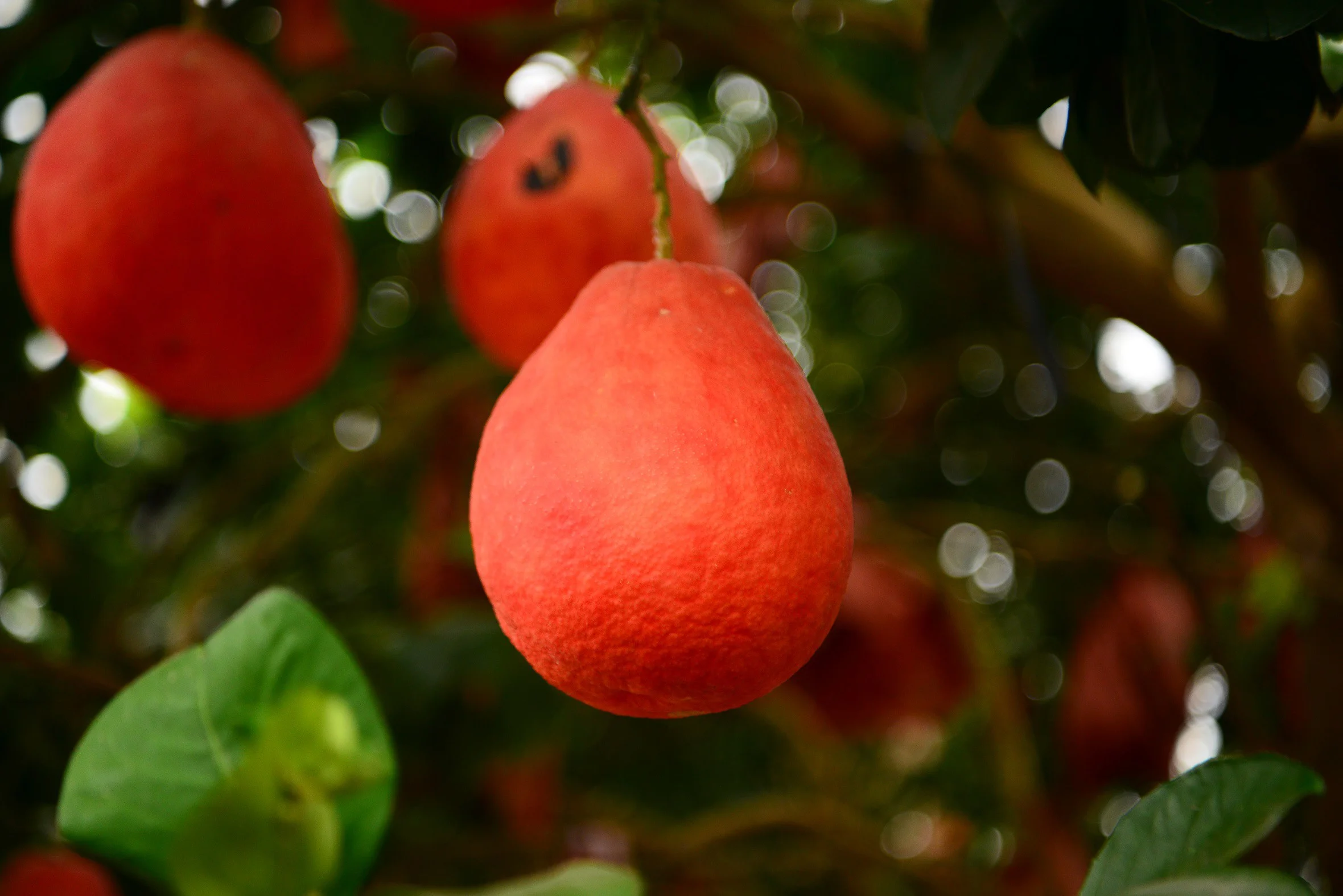

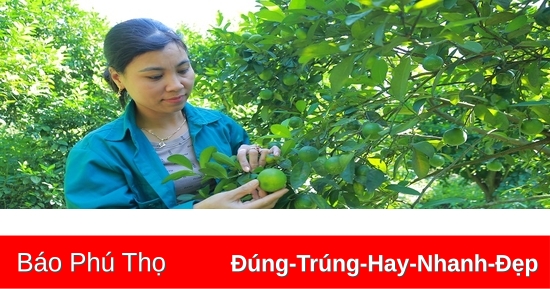
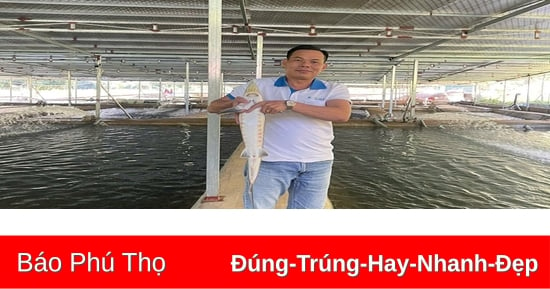
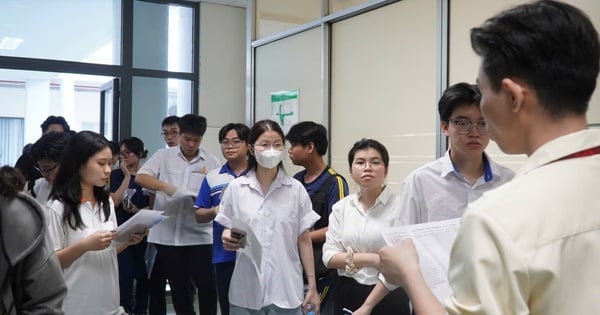


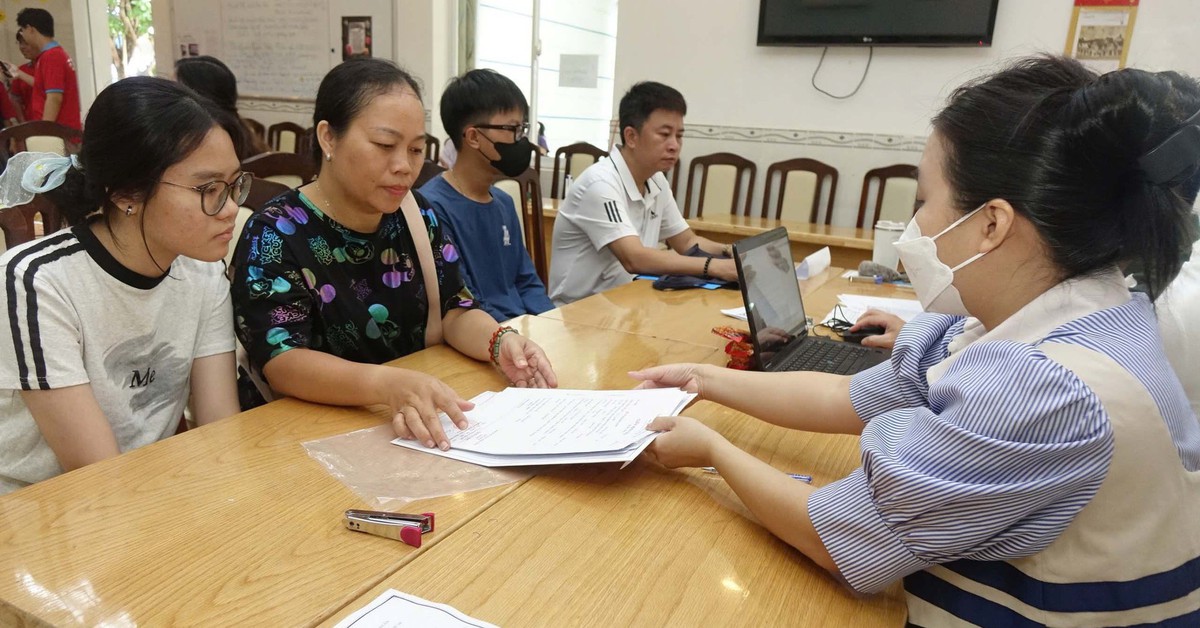




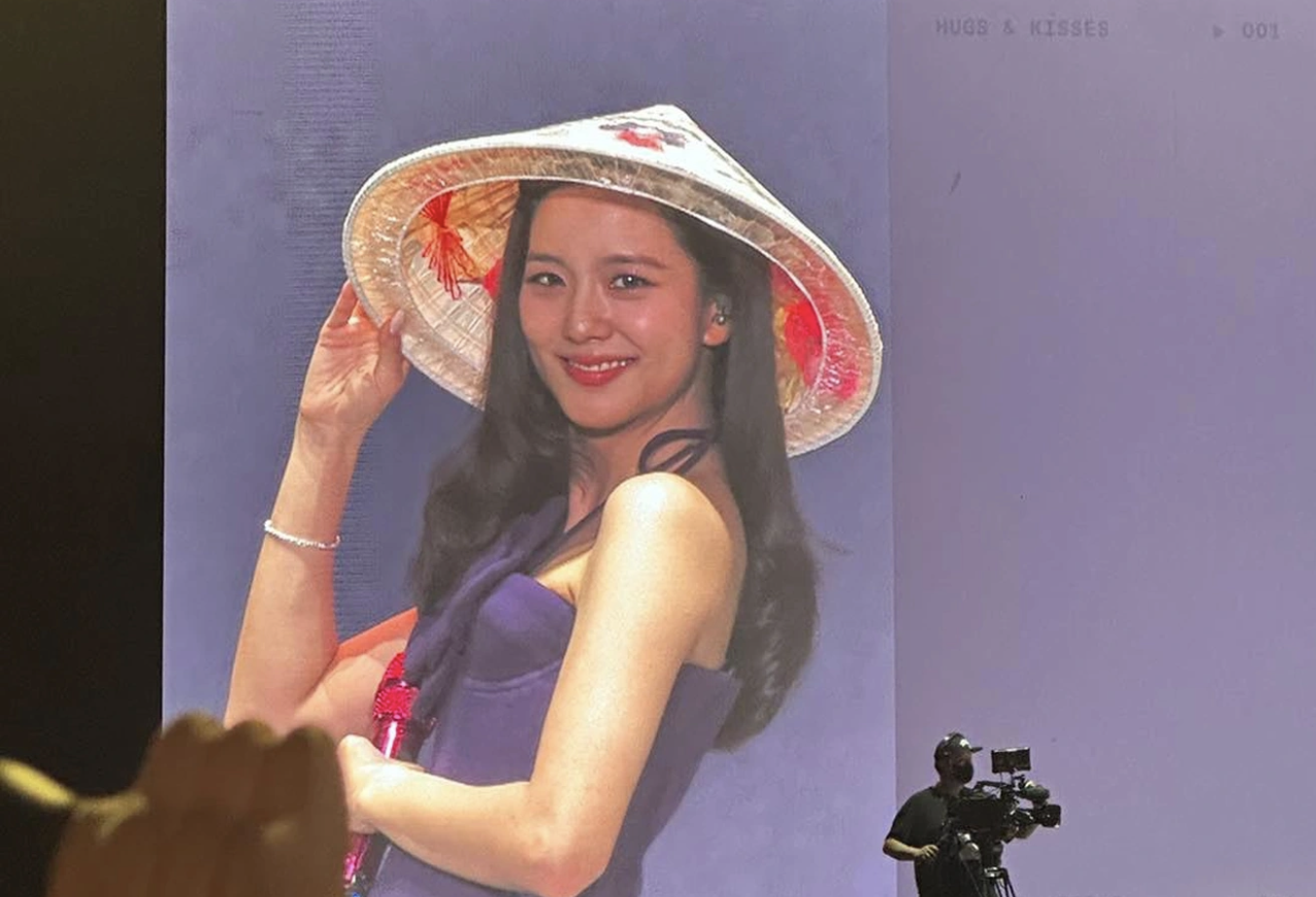





![[Photo] Prime Minister Pham Minh Chinh chairs meeting to remove difficulties for projects](https://vstatic.vietnam.vn/vietnam/resource/IMAGE/2025/3/30/7d354a396d4e4699adc2ccc0d44fbd4f)
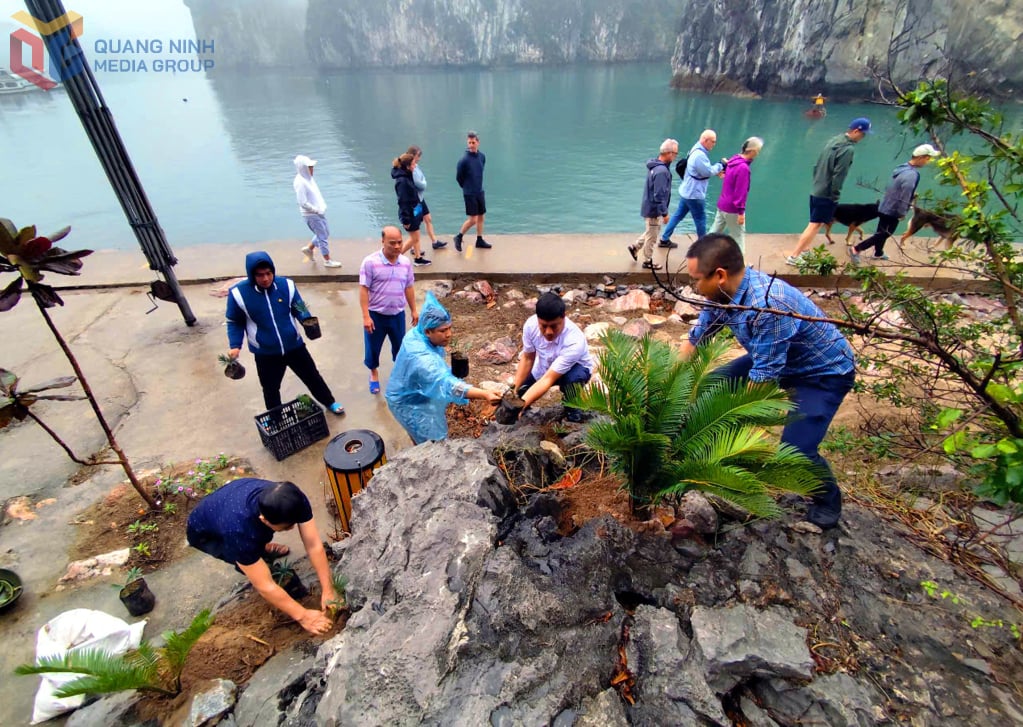

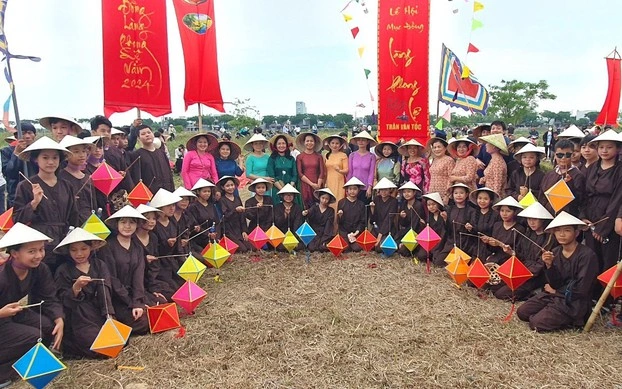





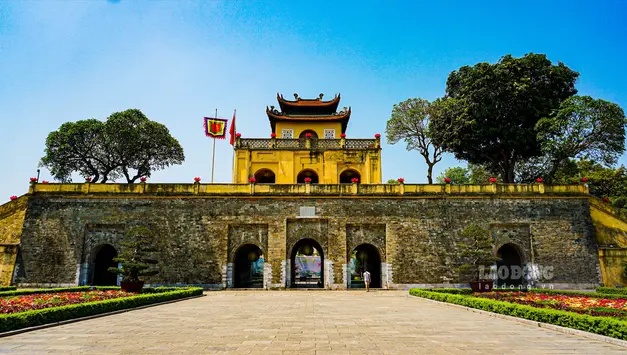





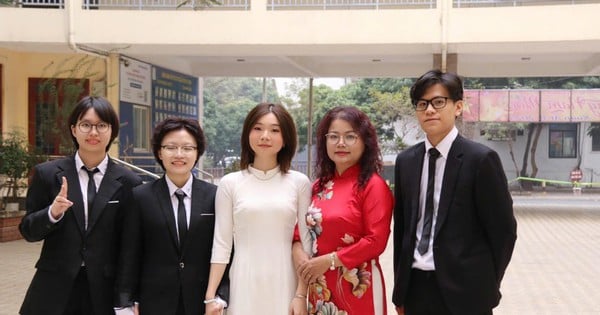

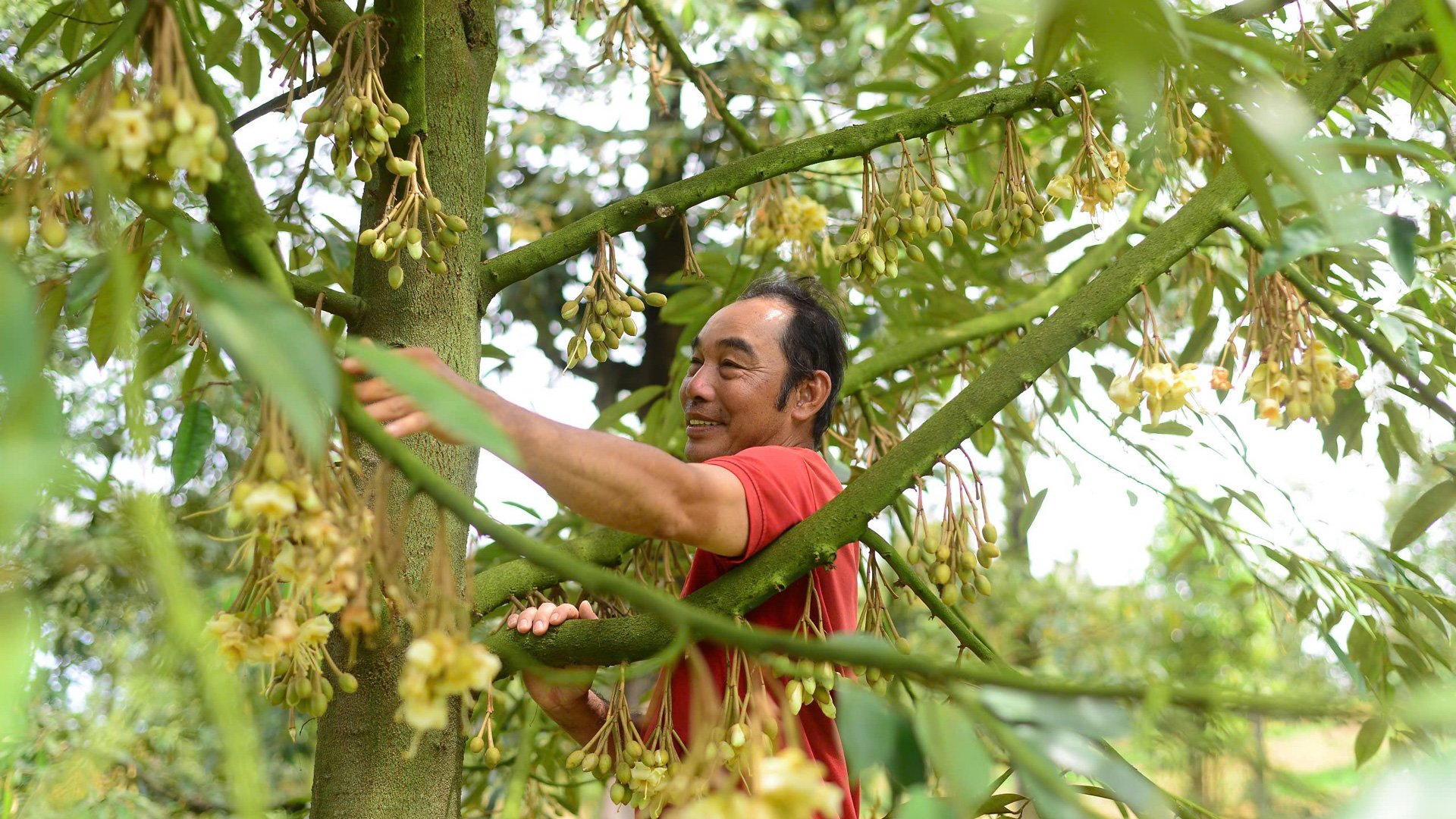

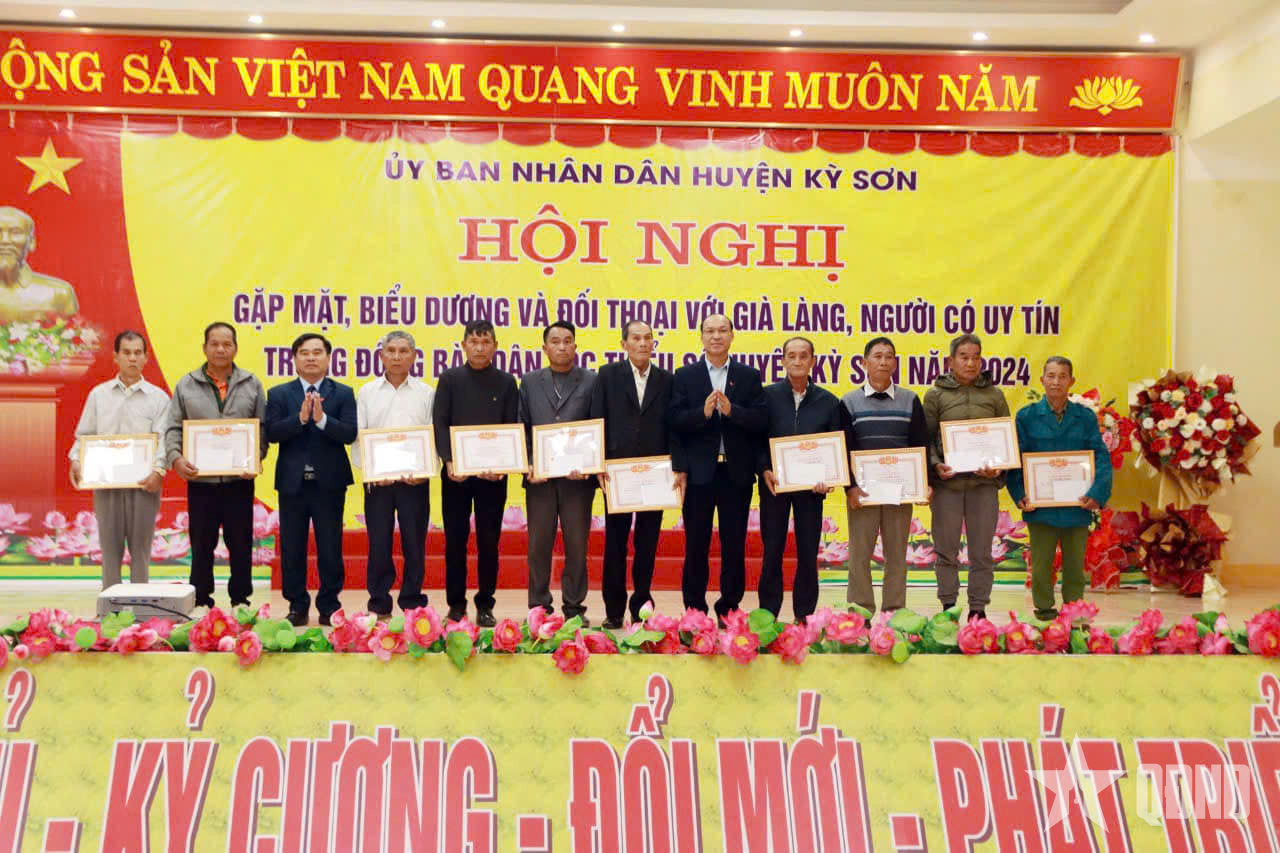



















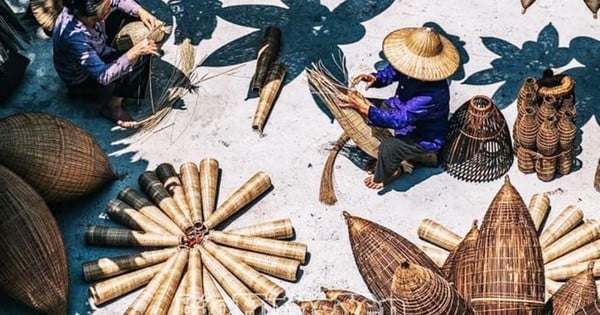
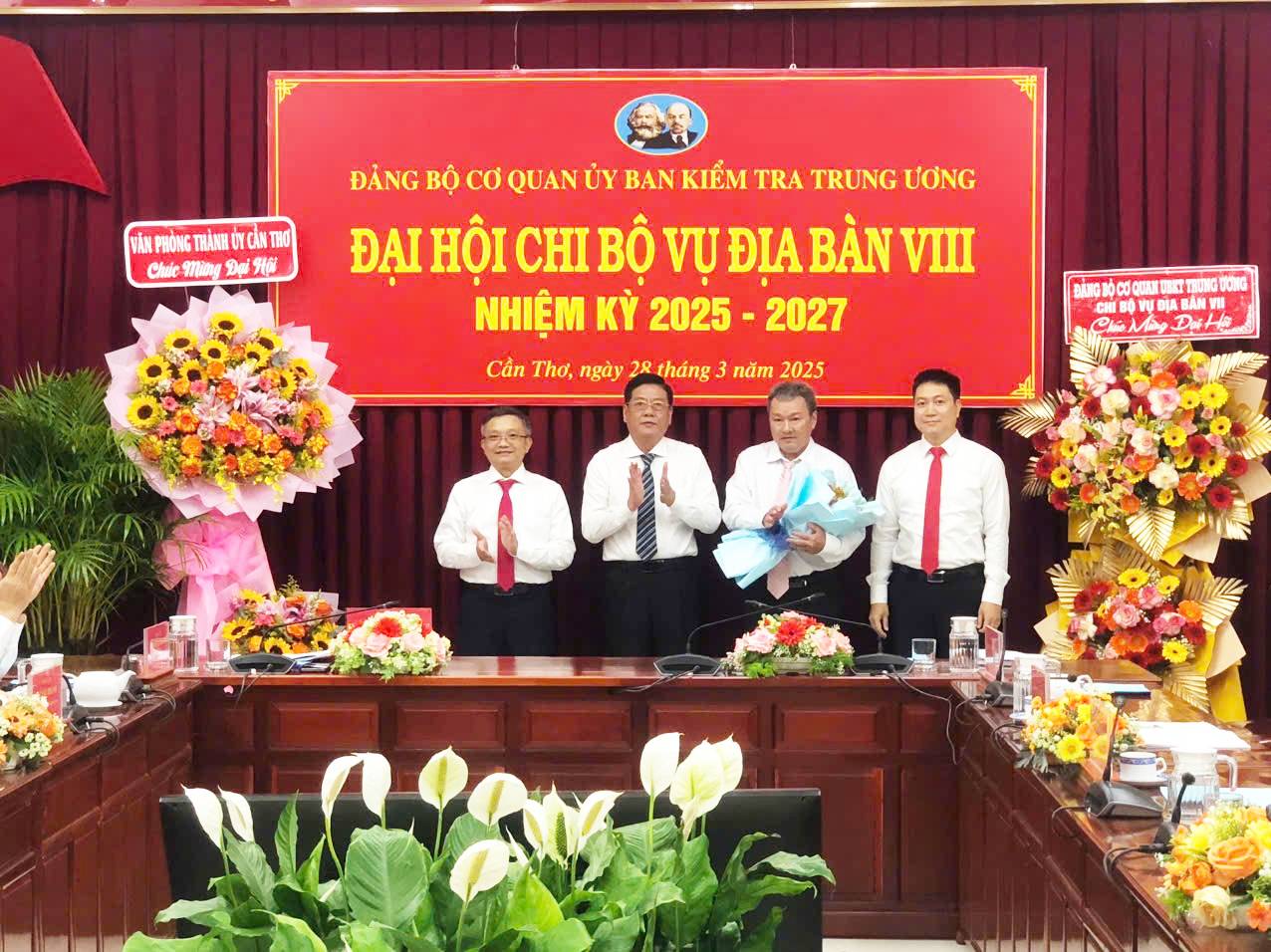

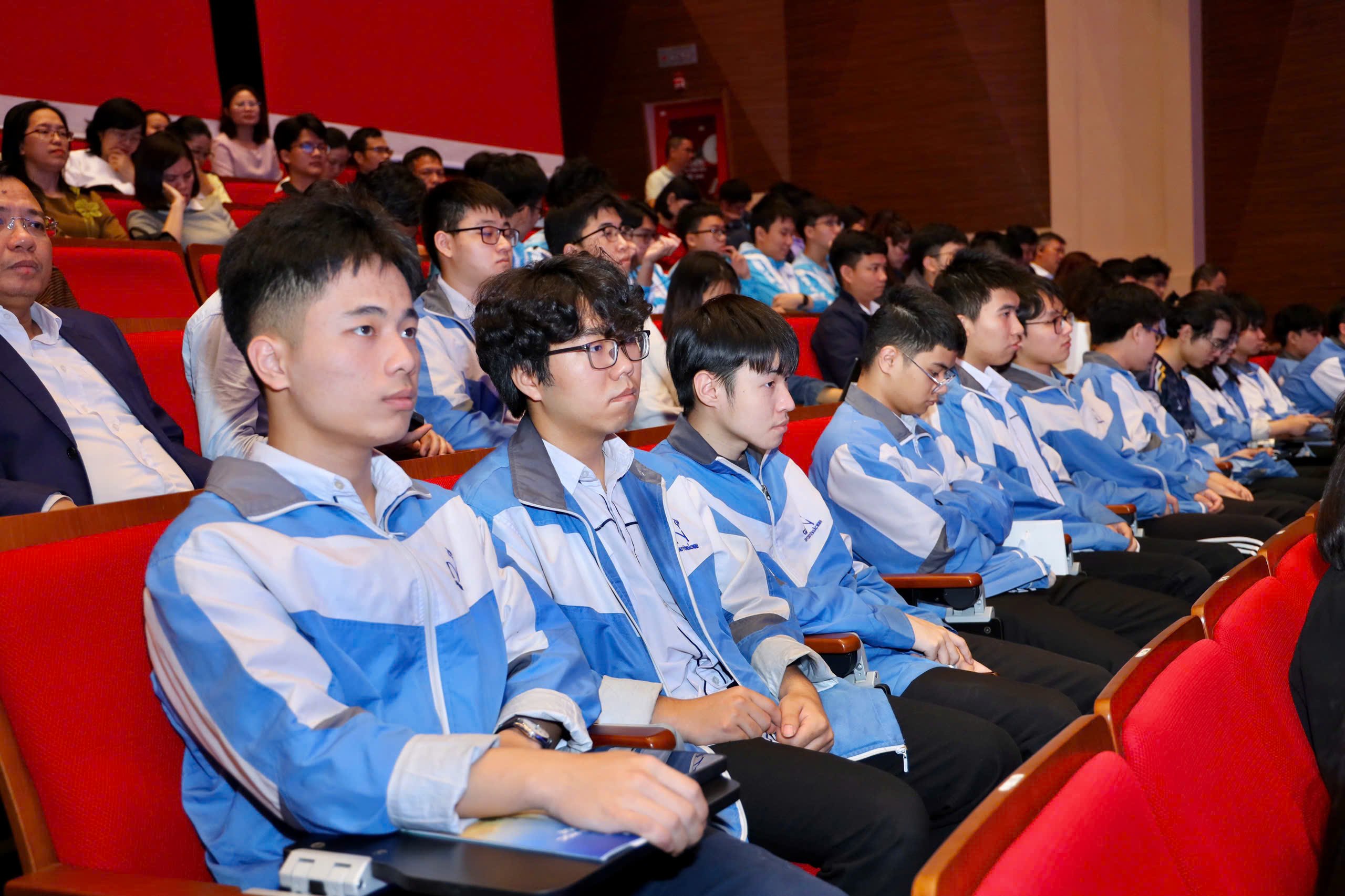


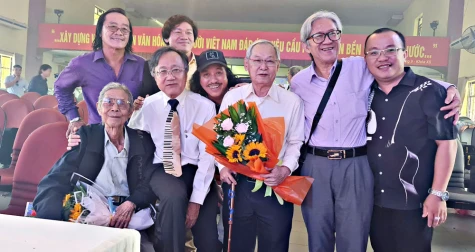

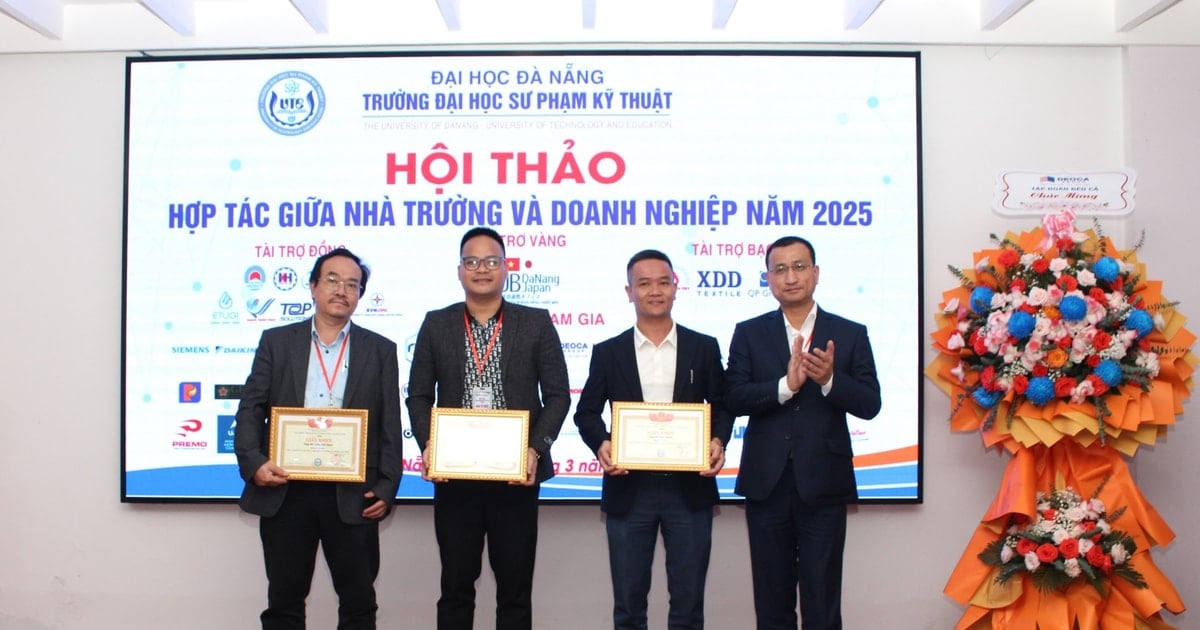









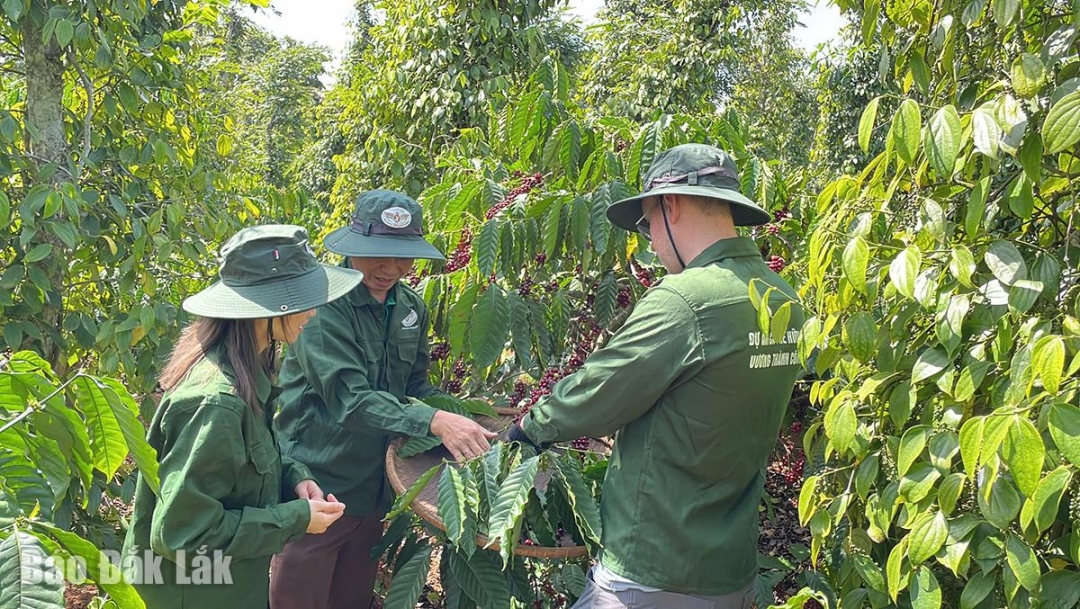

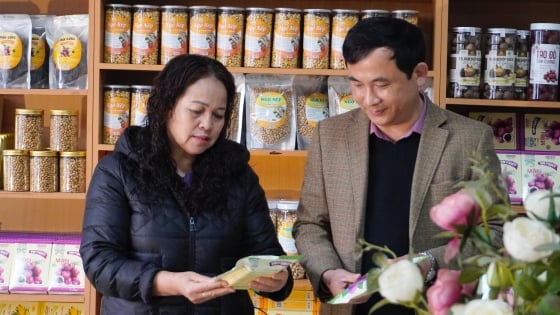

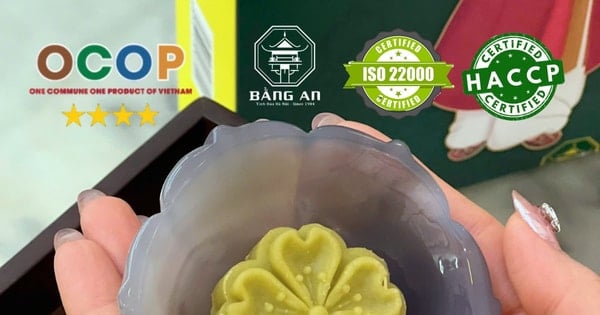

![[REVIEW OCOP] An Lanh Huong Vet Yen Cat](https://vstatic.vietnam.vn/vietnam/resource/IMAGE/2025/3/27/c25032328e9a47be9991d5be7c0cad8c)

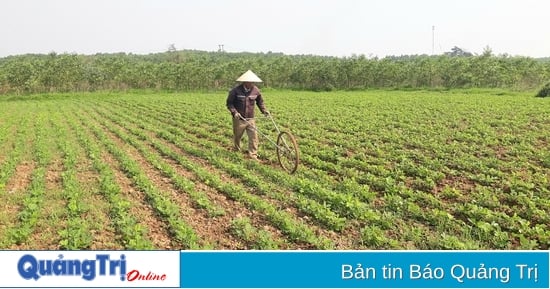

Comment (0)